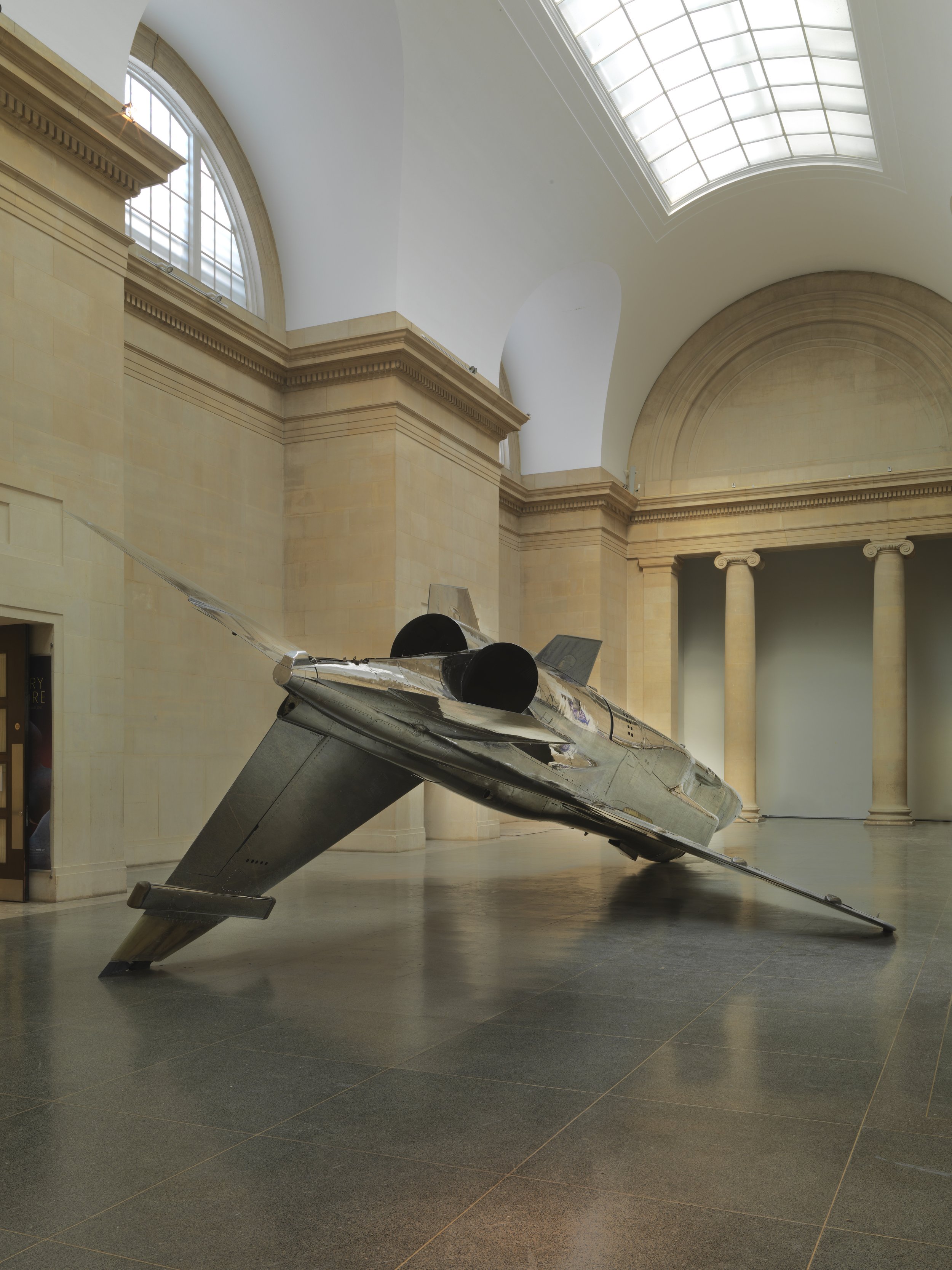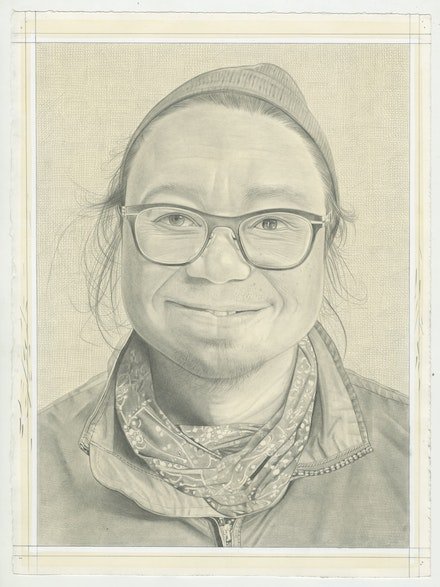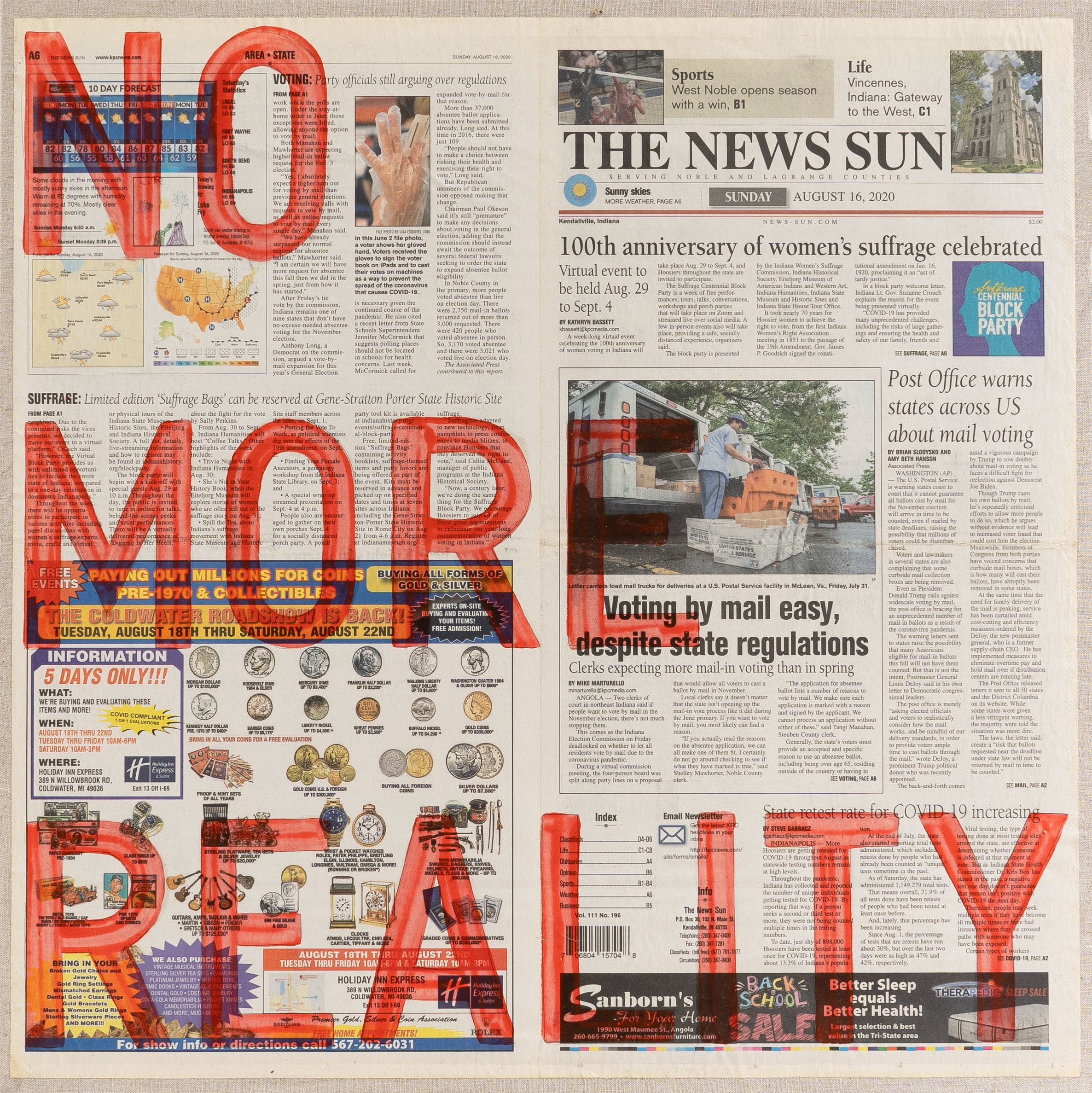Philippe Parreno | FAD News
Philippe Parreno, My Room Is Another Fish Bowl, 2018, Helium–filled Mylar balloons, adhesive foil , air columns, Variable dimensions . Exhibition view : Philippe Parreno, Gropius Bau,Berlin (2018). Courtesy the artist; Pilar Corrias, London; Gladstone Gallery, New York and Brussels; Esther Schipper, Berlin/Paris/Seoul. Photo © Andrea Rossetti
By Mark Westall
As part of a groundbreaking new collaboration with Leeum Museum of Art in Seoul, Haus der Kunst, Munich’s global centre for contemporary art, will present a major exhibition by the internationally acclaimed French artist, Philippe Parreno, a multi-media, multi-sensory installation on a giant scale that will take over the entire gallery spaces from the end of November 2024.
Philippe Parreno has revolutionised the experience of museums. The exhibition will encompass Parreno’s key works and early works from the 1990s in multiple media ranging from video and sound to sculpture and drawing, created in collaboration with graphic designers, photographers, musicians, linguists, sound specialists, and actors, among others.
Throughout the exhibition, voices will play a fundamental role in bringing the building of Haus der Kunst to life. The Mittelhalle and Ostgalerie will become a resonating organism of light and sounds, featuring installations, films, new works and collaborations with peer artists.




















